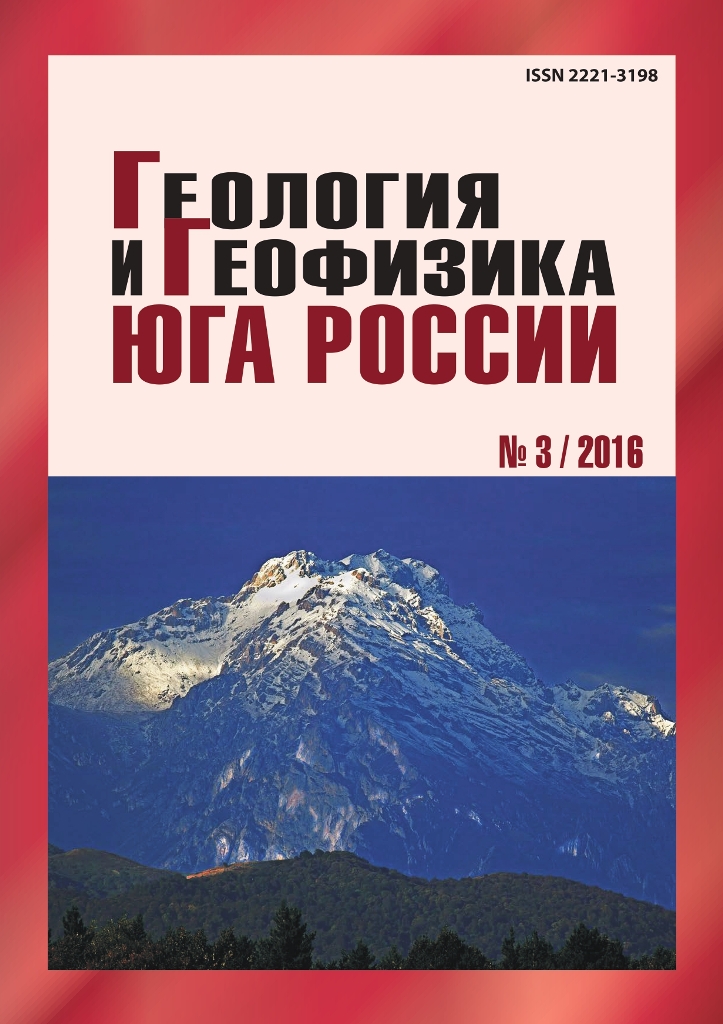ARCHEOSEISMOLOGICAL STUDY AT ANCIENT TAURIC CHERSONESOS (SEVASTOPOL, CRIMEA)
Keywords:
Tauric Chersonesos, Sevastopol, seismic hazard assessment, historical seismology, archeoseismology, active faults
Abstract
Ruins of well studied ancient Tauric Chersonesos give unique possibility for restoration of Southern Crimea seismic history for last 2,5 thousand years. Specific deformations within the walls of Chersonesos clearly testify to the numerous strong earthquakes occurring far back in the past. As a result of the studies it was possible to reveal traces, at least, two or three strong earthquakes. Mass destructions in a city and its district, not connected with military operations, are dated: III century AD, V or VI century AD and a boundary X-XI centuries AD. Sharing of historical and archaeological data opens essentially new possibilities for seismic hazard assessment.
Published
2016-09-27
Section
Articles


